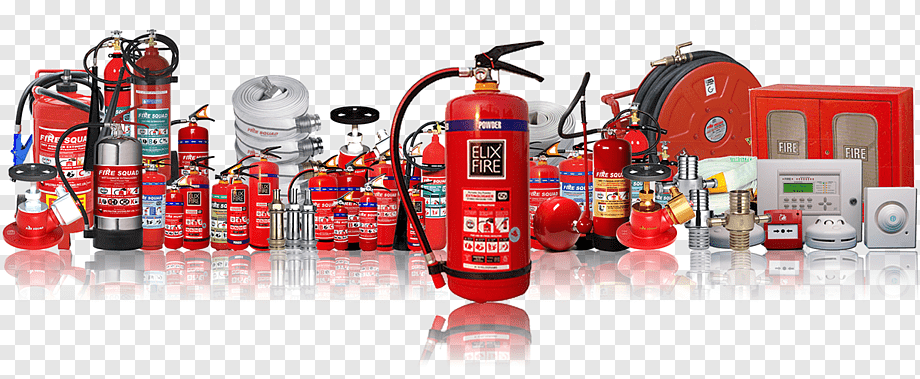Fire detection systems are designed to discover fires early in their development when time will still be available for the safe evacuation of occupants. Early detection also plays a significant role in protecting the safety of emergency response personnel. Property loss can be reduced and downtime for the operation minimized through early detection because control efforts are started while the fire is still small. Most alarm systems provide information to emergency responders on the location of the fire, speeding the process of fire control.
To be useful, detectors must be coupled with alarms. Alarm systems provide notice to at least the building occupants and usually transmit a signal to a staffed monitoring station either on or off site. In some cases, alarms may go directly to the fire department, although in most locations this is no longer the typical approach.
These systems have numerous advantages as discussed above. The one major limitation is that they do nothing to contain or control the fire. Suppression systems such as automatic sprinklers act to control the fire. They also provide notification that they are operating, so they can fill the role of a heat detection-based system if connected to notification appliances throughout the building. They will not, however, operate as quickly as a smoke detection system. This is why facilities where rapid notice is essential, even when equipped with sprinklers, still need detection and alarm systems.


